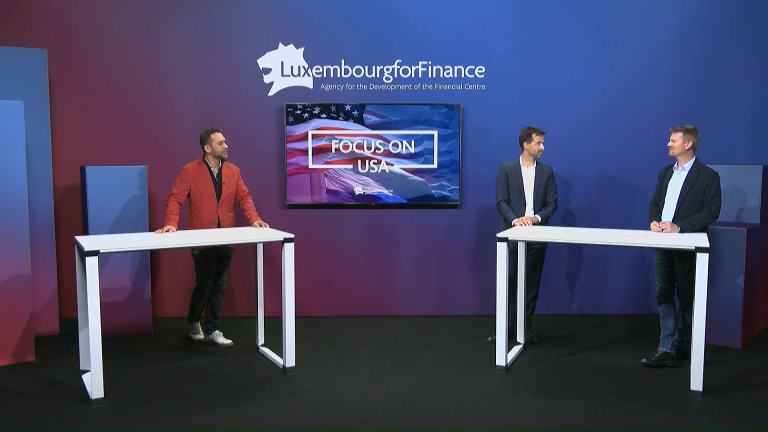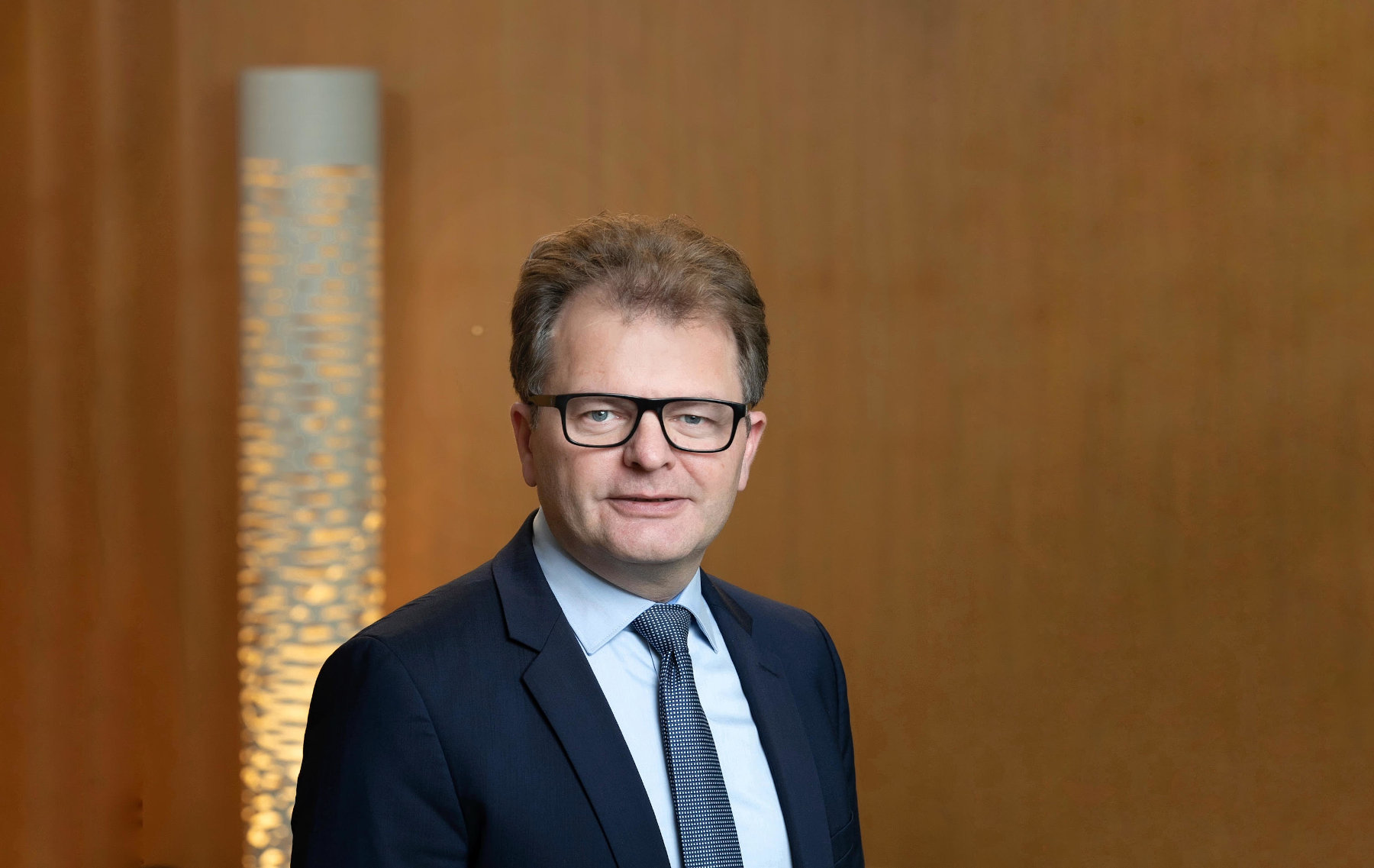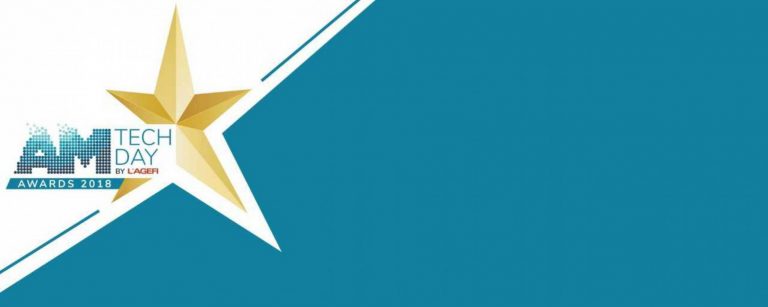Better aligned with market realities, the revised regulation for the European Long-Term Investment Fund (ELTIF 2.0) offers real opportunities for efficient investor portfolio allocations. But it is also an opportunity to create foundations for a more modern digital distribution model says FundsDLT CEO Olivier Portenseigne.
Despite its aim of a true pan-European fund for the expansion of private markets into the retail investor space, uptake of the ELTIF since 2015 has been slow. However, this can all change with the ELTIF2.0 regulation, which entered into force in April 2023 and will apply from January 2024.
Simplifying ELTIF commercialisation
Transitioning to its enhanced version, ELTIF 2.0 retains its core but introduces notable flexibilities and expansions. The ELTIF is now more attractive to retail investors and asset managers.
For asset managers, the portfolio composition rules have been changed, with more possibilities for investing in “other” eligible assets, thus creating conditions for a more diverse and liquid portfolio. Product design rules have also been changed, with funds of funds and master feeder structures introduced and it can be closed-ended or semi-open ended.
For retail investors, ELTIF 2.0 is more accessible and easier to enter and exit, with the removal of the minimum entry ticket, lighter conditions for early redemptions and the added possibility of organised matching mechanisms for redemptions. Notably, ELTIF2.0 gives retail investors more ability to participate in private markets and thus build a more diverse and balanced portfolio, which financial advisors and distributors will find attractive also.
In essence, while the original ELTIF laid a foundation, ELTIF 2.0 takes a giant step forward.
An opportunity for issuers to be closer to investors
With increased investor interest, distribution efficiency in D2C and B2B2C is fundamental. However, the current fund distribution model is highly intermediated and structured for plain vanilla funds. With ELITFs which are closer to alternative products, the typical B2B “omnibus account” distribution cannot be realised. Moreover, the EU’s financial data access and payments package and the retail investment strategy urge digital transformation and secure data sharing to boost competition, aiming to enhance consumer trust and encourage safe, long-term investments.
This is where digital distribution and tokenisation enter. Tokenisation streamlines the operations of fund distribution. From near-instant settlements to removing the existing need for multiple reconciliations across the distribution chain, it reduces the operational burden. This leads to significant cost reductions for all, making processes easily scalable and more economical. Decentralisation means that data is accessible – in a permissioned way – to all actors in the chain. This offers insights into what is happening so distributors and asset managers can finally have a real-time aligned understanding of their investor base and thus tailor products.
"Better operations in the B2B2C model and a transformative D2C distribution channel"
Additionally, asset managers today can leverage white-labelled digital platforms to better distribute their products. New technologies simplify the regulatory requirements such as KYC and MiFID compliance at the opening of new investor relationships. New technologies can be used to ensure continuous monitoring of due diligence, settlement processes and process automation in general. All of these support the onboarding and management of investors at scale.
All these make for better operations in the B2B2C model and a transformative D2C distribution channel. It better connects operations, distribution, and portfolio management, with all having an end-to-end view of the entire distribution process.
For fund actors seeking to take advantage of the opportunities presented by ELTIF 2.0, the digital transformation of the chain makes distribution simpler and cheaper.



